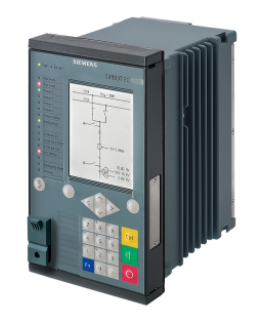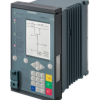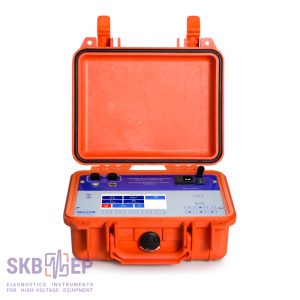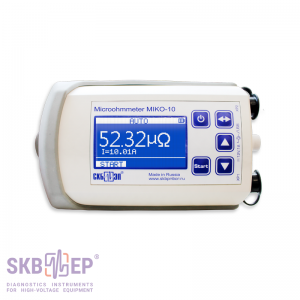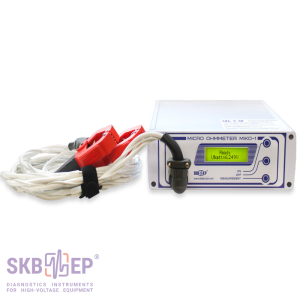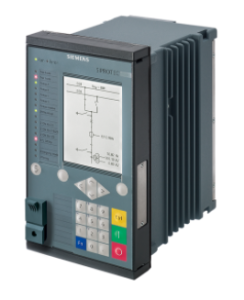
Main function:
- Differential and distance protection
- Interoperability of SIPROTEC 5 and SIPROTEC 4 line protection devices
Tripping:
- 1-pole and 3-pole, minimum tripping time: 9 ms
Inputs and outputs:
12 predefined standard variants with
- 4/4 or 8/8 current transformers / voltage transformers,
- 5 to 31 binary inputs,
- 8 to 46 binary outputs
Hardware flexibility:
- Flexibly adjustable I/O quantity structure within the scope of the SIPROTEC 5 modular system
Housing width:
- 1/3 × 19 inches to 2/1 × 19 inches
DIGSI 5 permits all functions to be configured and combined as required.
- Minimum tripping time: 9 ms
- Main protection function is differential protection with adaptive algorithm for maximum sensitivity and stability even with the most different transformer errors, current-transformer saturation and capacitive charging currents
- Several distance-protection functions selectable as backup protection or secondary main protection: Classic, reactance method (RMD), impedance protection for transformers
- Directional backup protection and various additional functions
- Adaptive power-swing blocking, out-of-step protection
- Detection of ground faults of any type in compensated or isolated electrical power systems using the following functions: 3I0>, V0>, transient ground fault, cos φ, sin φ, dir. Detection of intermittent ground faults, harmonic detection and admittance measurement
- Ground fault detectionusing the pulse detection method
- Detection of current-transformer saturation for fast tripping with high accuracy
- Fault locator plus for accurate fault location with inhomogenous line sections and targeted automatic overhead-line section reclosing (AREC)
- Arc protection
- Automatic frequency relief for underfrequency load shedding, taking changed infeed conditions due to decentralized power generation into consideration
- Directional reactive power undervoltage protection (QU protection)
- Detection of current and voltage signals up to the 50th harmonic with high accuracy for selected protection functions (such as thermal overload protection) and operational measured values
- PQ-Basic: voltage unbalance; voltage changes: overvoltage, dip, interruption; TDD, THD and Harmonics
- 1-pole automatic reclosing function with detection secondary arc (SAD)
- Point-on-wave switching
- Control, synchrocheck and switchgear interlocking protection
- Graphical logic editor to create powerful automation functions in the device
- Single-line representation in small or large display
- Integrated electrical Ethernet RJ45 for DIGSI 5 and IEC 61850 (reporting and GOOSE)
- Up to 4 pluggable communication modules, usable for different and redundant protocols (IEC 61850-8-1, IEC 61850-9-2Client, IEC 60870-5-103, IEC 60870-5-104, Modbus TCP, DNP3 serial and TCP, PROFINET IO, PROFINET IO S2 redundancy)
- Virtual network sharing (IEEE 802.1Q – VLAN)
- Serial protection data communication via optical fibers, two-wire connections and communication networks (SDH networks, MPLS electrical power systems, for example using IEEE C37.94, and others), including automatic switchover between ring and chain topology.
- Reliable data transmission via PRP and HSR redundancy protocols
- Extensive cybersecurityfunctionality, such as role-based access control (RBAC), protocolling security-related events, signed firmware or authenticated network access IEEE 802.1X
- Simple, quick and secure access to the device via a standard Web browser to display all information and diagnostic data, as well as vector diagrams, single-line and device display pages
- Phasor measurement unit (PMU)for synchrophasor measured values and IEEE C37.118 protocol
- Time synchronization using IEEE 1588
- Powerful fault recording (buffer for a max. record time of 80 sec. at 8 kHz or 320 sec. at 2 kHz)
- Auxiliary functions for simple tests and commissioning
Flexibly adjustable I/O quantity structure within the scope of the SIPROTEC 5 modular system


